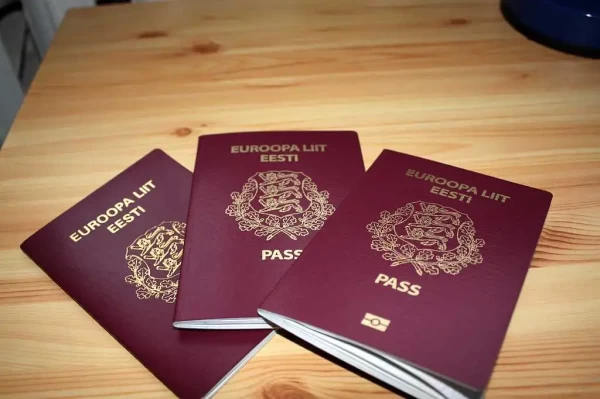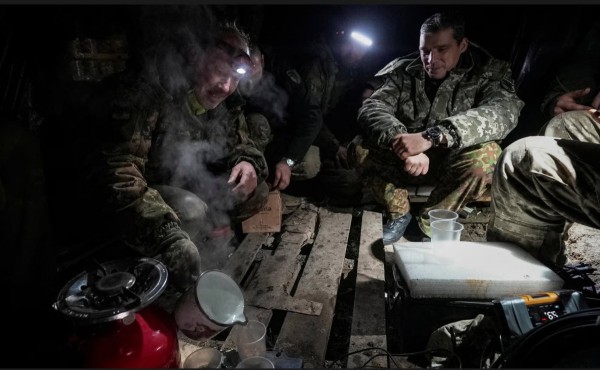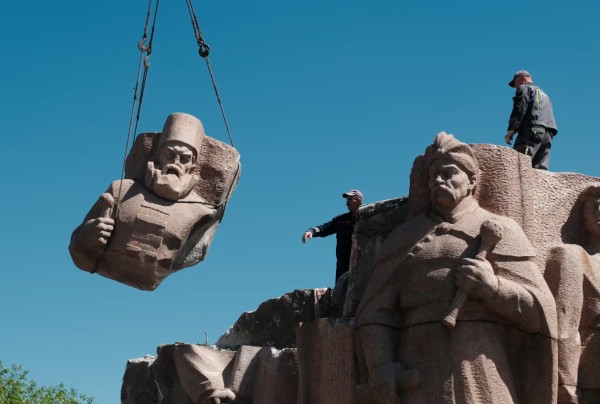BAKU – In Mari El, a Finno-Ugric republic in the Middle Volga region of the Russian Federation, leaders of the most ancient of mankind's religions have turned to the most modern communications channel as part of their struggle to defend their culture and beliefs against the encroachments of modernity.
The Supreme Kart of the Mari Traditional Religion (MTR), Aleksandr Tanygin, convened on Thursday March 20 an annual meeting of the leaders of that pagan faith, one that combines ancestor worship and devotion to nature and that seldom attracts much attention. (
As he and other MTR have regularly insisted, Tanygin stressed that this faith is not directed against any other confession but that it is very much concerned with defending the religious traditions of the Maris and the natural world against threats from economic development.
These two interests have now combined, he said, and consequently, the TMR, which consists of four registered and many unregistered communities outside Ioshkar-Ola but has not yet succeeded in getting an office there – a government representative promised to help –has decided to step up its activities.
Less than a month ago, vandals went into one of the 520 groves that TMR consider holy, cut down trees and carried off the wood, and now the authorities are expanding a cement factory located on one of the holiest places in Mari El, a cemetery venerated by all followers of the TMR.
In order to prevent more such violations of their rights, the TMR meeting decided to take three steps. First, it announced plans to provide a precise description of all 520 locations the TMR consider sacred and then demand that Russian officials prevent anyone from violating them.
Second, it scheduled its next meeting, not a year from now, but next month so that TMR leaders will be in Ioshkar-Ola at the same time as the upcoming Congress of the Mari People takes place, thus allowing TMR members to lobby that body for support against the cement factory.
And third, the session announced plans to use its own website -- http://mtr.mari-el.name -- not only to advance their own agenda but to counter the increasing number of misrepresentations of their views and activities that have appeared in the official Ioshkar-Ola and Moscow media.
This last step may prove the most important because by turning to the Internet in this way, this ancient faith will be able to communicate to and link up with activists and officials in the three independent Finno-Ugric countries – Estonia, Finland, and Hungary – and with supporters of this ancient faith around the world.
To the extent the TMR succeeds, the Russian-dominated government in Mari El may soon find itself confronted with an even more powerful force than the one that it confronted three years ago when Finno-Ugric activists abroad attracted more than 10,000 signatures on an appeal to end Ioshkar-Ola and Moscow's oppression of the Mari people.
Mari pagans go online to defend their holy places (9)
Archived Articles | 26 Mar 2008 | Paul GobleEWR
Viimased kommentaarid
Kommentaarid on kirjutatud EWR lugejate poolt. Nende sisu ei pruugi ühtida EWR toimetuse seisukohtadega.
It's Maxim defending himself yet again!
Yeah right!
Actually, Goble’s article leaves out the part concerning the Deputy Minister of Culture, Press, and Nationality Affairs Mary von Shiryaeva, who gave an “Aruanne for 2007” and the “Tegevuskava for 2008”.
Also missing from this supposed “word for word” translation was any mention of the 4 officially registered communities.
Targuta kuskil mujal!
Actually, Goble’s article leaves out the part concerning the Deputy Minister of Culture, Press, and Nationality Affairs Mary von Shiryaeva, who gave an “Aruanne for 2007” and the “Tegevuskava for 2008”.
Also missing from this supposed “word for word” translation was any mention of the 4 officially registered communities.
Targuta kuskil mujal!
Spaceman ei saa Maxim olla - keele kasutus on normaalne ja isegi osav...
Archived Articles
TRENDING




















